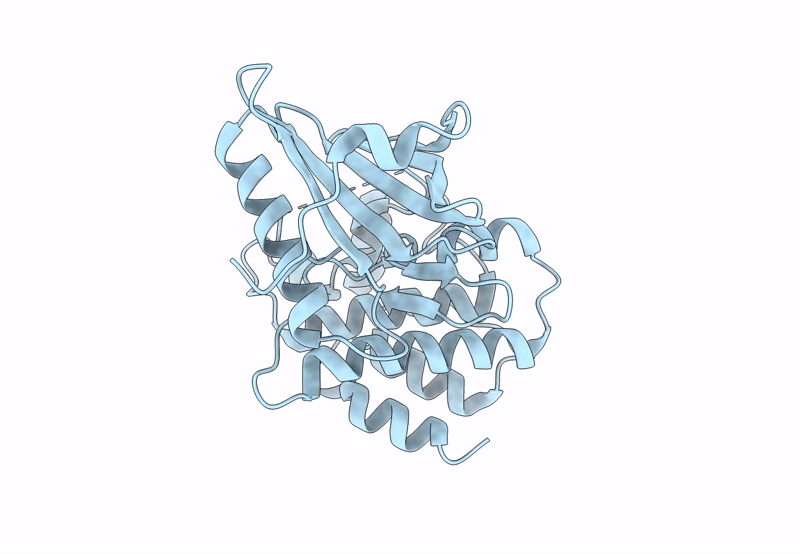
Deposition Date
2023-04-25
Release Date
2023-11-08
Last Version Date
2024-11-06
Entry Detail
PDB ID:
8SLZ
Keywords:
Title:
Crystal structure of phosphorylated (T357/S358) human MLKL pseudokinase domain
Biological Source:
Source Organism:
Homo sapiens (Taxon ID: 9606)
Host Organism:
Method Details:
Experimental Method:
Resolution:
2.30 Å
R-Value Free:
0.23
R-Value Work:
0.20
R-Value Observed:
0.20
Space Group:
C 2 2 21


